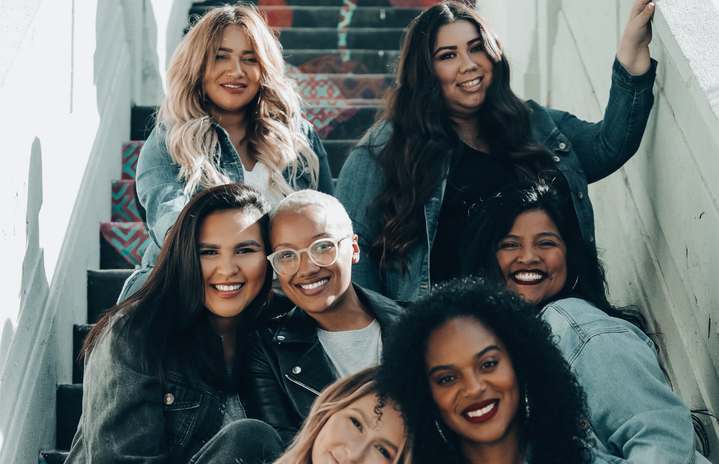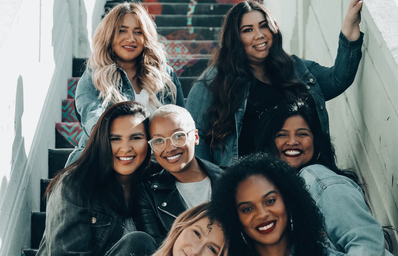Disabled representation in media is slim. Even when a show does have a disabled character, they’re usually permanently wheelchair bound, or even worse, they’re the villain. Often, able-bodied and able-minded individuals don’t understand why these portrayals of disabled people are frustrating. Today, I’d like to gently take you through the representation of disabled folks in current TV and film culture, and discuss the effects these characterizations have on the community.
More often than not, when a character is disabled in the show you’re watching, they will have some visual indicator of their disability. They’ll be consistently using a wheelchair, or they’ll carry a cane. While the portrayal of individuals who utilize assistive devices and tools is incredibly important, it can also paint a rather narrow view of what is or is not a disability. Not only that, but it shoehorns even those people who use those assistive devices into a box: not all folks who use wheelchairs and canes use them all the time! Ambulatory wheelchair users especially face a problem with this strict depiction of disabled individuals on TV. It has led to widespread misunderstandings about how disabilities can actually work — to the point that some wheelchair users have been accused of faking their disabilities because they don’t require an assistive device all the time.
This rather strict characterization of disability on TV and in film is also extraordinarily damaging to those who don’t “appear” disabled. Those with chronic pain, those with mental illness, those who have conditions like endometriosis or Postural Tachycardia Syndrome (PoTS), and those with diabetes are all folks who may seem perfectly able-bodied (or able-minded) on the outside, but may be struggling with physical and mental disabilities that you can’t see by looking. These are called invisible disabilities. The idea that disabled people are only those who visually appear so harms folks with these individual disabilities. When uninformed individuals have to judge when to provide aid, those who need assistance may not be able to attain what they need, such as 504 plans, medical procedures, and therapy.
Another unfortunate theme in movies and TV… is the random disabling of villains, especially in children’s stories. Think of descriptions of childhood bad guys: they may have a hunched frame, walk with a limp, have a glass eye (Disney is particularly guilty of this; think of Scar from The Lion King, Captain Hook from Peter Pan, Darth Vader from Star Wars.) These characteristics usually have nothing to do with plot or character, and everything to do with making the villain “creepy.” Often, the disabling of these characters goes hand in hand with their fall into madness or evil — think of Jack from The Shining. However, many of these characteristics aren’t inherently frightening — we simply teach kids from a young age to see them that way. Portrayals — especially negative ones — of different kinds of people in the media we consume affect our perceptions of those people in real life. Therefore, when we equate disability and evil, we create an environment of ableism. We instruct our culture to insist upon the “othering” of disabled individuals, and even to fear them.
So, how do we tackle this issue? How do we teach kids what being disabled means, and that it doesn’t necessarily insinuate anything about a person except that they are disabled? Changing representation in media is the first step. When kids see people on their favorite shows talking about their struggles with invisible disabilities, when they see characters who only use assistive devices as needed, and when they see people from all walks of life living with their conditions, it will paint a broader picture of disability. The next step is to be careful about how we characterize our characters—good and bad. Why does that evil character need to use a cane? Why can’t the main character have an insulin pod? When disability stops being used as a lazy way of characterizing a person and instead is treated as a real struggle and a part of who that person is, our media will reflect us. It will teach us to treat each other with empathy and consideration.




